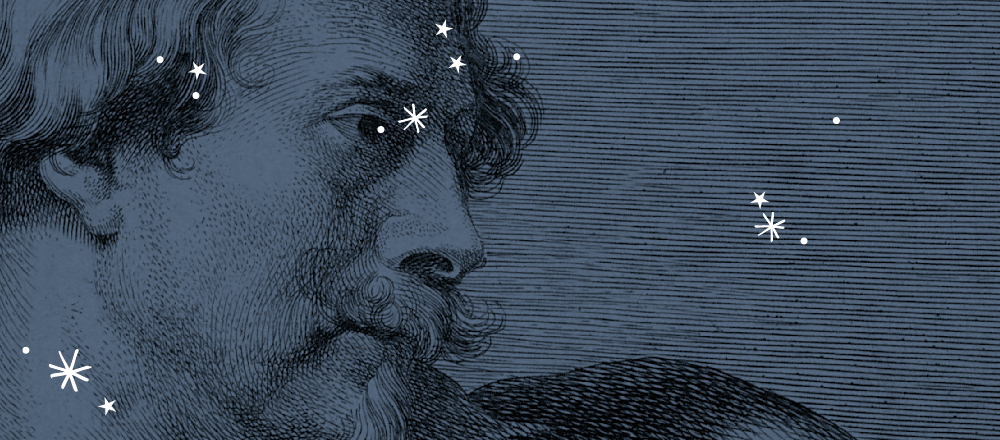lieder
PH ERLEBACH
Harmonische Freude, musicalischer Freunde
Philipp Heinrich Erlebach (1657-1714)
Des Tadlers Stich Verlache ich.
Liebe in Abwesenheit Grünet durch Beständigkeit.
Sonata Quinta
Adagio -Allegro- Adagio / Alemande / Courante / Sarabande – Variatio / Gigue
Am Jammer und Beschwerlichkeit, Da fehlt es hier zu keiner Zeit.
Wer sich dem Himmel übergeben, wird endlich Ruh’ und Glück erleben.
Ich finde schlechte Freud bei unempfindlichkeit.
Sonata Seconda
Adagio -Allegro- Adagio / Alemande / Courante / Sarabande – Variatio / Gigue
Auf des Kreuzes Finsternis folgt die Sonne ganz gewiB.
Die Zeit verkehret , Was uns beschweret
Et les musiciens
Marie Rouquié et Simon Pierre, violons
Isabelle St-Yves, viole de gambe
Thomas de Pierrefeu, violone
André Henrich, luth
Kevin Manent-Navratil, clavecin
Originally from East Friesia (northern Germany) and born in 1657 in Esens, Philipp Heinrich Erlebach spent most of his career at the service of Count Albert Anton von Schwarzburg-Rudolstadt’s court in Thuringia. He was appointed Kapellmeister in 1681 and was in charge of composing and performing all and any music for the Court and Divine Office. He thus included many different genres in his repertoire: operas, pastoral pieces, ballets and sonatas. Erlebach mostly excelled in sacred music – he created several hundred cantatas, mass pieces, oratorios, motets and hymns. The great fire at Rudolstadt castle in 1735 destroyed all the music sheets, leaving only the few printed ones which later became Erlebach’s legacy: a collection of cantatas entitled Gott-geheiligte Sing-Stunde, two collections of arias entitled Harmonische Freude musikalischer Freunde, six French overtures and six trio sonatas.
The two collections entitled Harmonische Freude musikalischer Freunde (Nuremberg – 1697 and 1710) compiled two different parts enclosing 50 and 25 arias for one, two, three or four solo voices, an instrumental ensemble and a basso continuo. These songs were of a very specific kind: the texts were poems written in old German, made up of several stanzas sung on the same tune. Most of the arias’ texts depicted mankind at the mercy of an unpredictable and fickle destiny. In addition to natural phenomena such as storms, dark clouds and wilted leaves, the poet also chose the expression “the bloody comets” as a metaphor for torment and “distress of the heart”. The biggest comet of the 17th century made its appearance in Europe in 1680 – yet 17th-century men did not care much for these celestial objects, believing them to be bad omens.
Yet for Erlebach this was all a way of mediating a desire for harmony in its wider sense – a way of conveying philosophy through music. Him seeking to express his feelings through music had no other goal here than to contribute to the world’s harmony.


